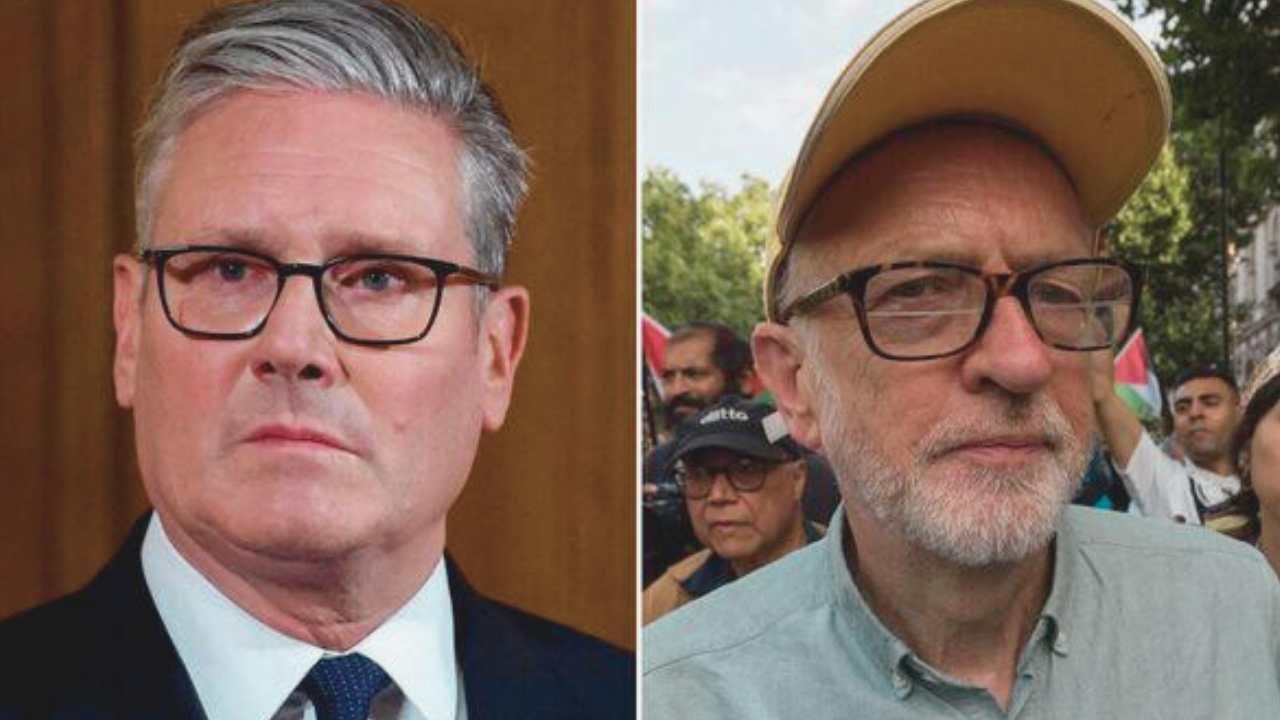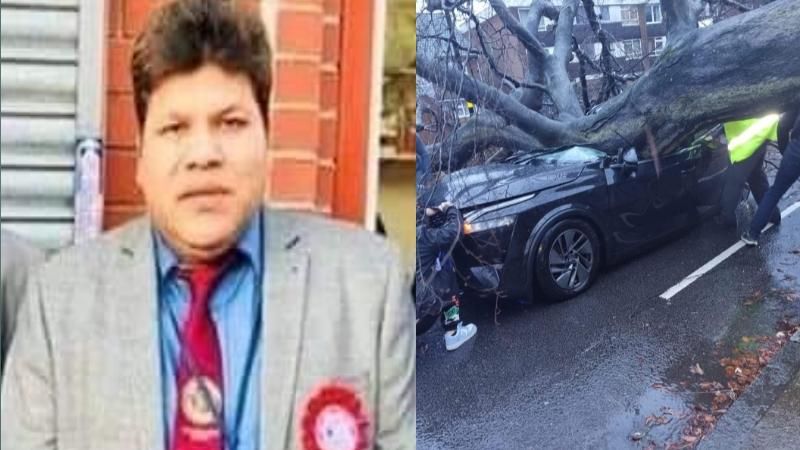According to court documents, a financially challenged council "illegally" levied a fee on drivers in low traffic neighborhoods (LTNs) in order to "balance the books" by collecting millions of pounds in fines.
The High Court will hear the case of Croydon Council, which established six LTNs as a "revenue-raising exercise with no environmental benefits that unhelpfully dispersed traffic to surrounding roads."
Residents of the London borough are bringing a judicial review, arguing that the LTNs should be "quashed" because their main driving force was "financial security … rather than environmental considerations."
The skeleton arguments also rely heavily on a Sunday Telegraph report from earlier this year in which Jason Perry, Croydon’s Conservative mayor, admitted he could not honour an election pledge to scrap the LTNs because “£20m of future income … would have to be replaced”.
Last week, the council failed in its bid to “strike out” the judicial review application. A hearing will take place in the new year to establish whether the LTNs have been wrongly used to bail out the formerly bankrupt local authority.
Legal papers, seen by The Telegraph, say that despite “considerable opposition” the council introduced LTNs because of the “anticipated income from enforcement fines” sent to motorists who enter roads closed to through traffic. The council anticipated raising just over £10m in three years.
Lawyers will argue that town hall bosses anticipated a “high level of breach of the [LTN] scheme rather than compliance” meaning any “failing to implement” an LTN would “increase the gap” in the council’s budget and “impact the ability to secure further capital from central government as well as the future stability of [council] finances.”
The 13-page legal file adds that despite the LTNs being introduced to promote so-called active travel, “the data we have thus far has indicated no change in trends for both cycling and walking”.
Explaining how local authorities have no legal powers to use traffic measures to “raise revenue” it says that to do so is “tantamount to taxation”.
The papers continue: “The overriding and clear impression … is that the dominant purpose, or at least significantly important reason, for making the scheme permanent is the ability to raise revenue through enforcement fines to meet [the council’s] budget projections.
“There is a disingenuousness in claiming the motive, or primary reason, for the permanency of the scheme is environmental benefits to residents.
“This is because [the council] expects the [LTN] scheme to be contravened to a material degree by motorists who enforcement cameras will catch… The projected amounts are in the millions of pounds.”
Kevin Leigh, the barrister working on a pro bono basis for the Croydon residents who set up the campaign group Open Our Roads, said the judicial review could have wide ranging implications for others fighting council LTNs.
“This case concerns the true intentions of the local authority in imposing a draconian traffic restriction scheme,” he said.
“You end up with a quagmire of traffic being pushed out from the protected zone and what they anticipate is that people will break the scheme and in doing so get fined.
“Then, you have the motorist cash cow putting a load of money into the system. The council says that they are doing this for non-pecuniary reasons for a positive environmental benefit. It is for a judge to decide who is right or wrong.”
A spokeswoman for Croydon council said: “We cannot comment on the specifics of this case as it is an ongoing legal matter.
“However, we can confirm that the council introduced six Healthy Neighbourhood schemes as part of its priority to make Croydon a cleaner, safer and healthier borough.
“The schemes were implemented, following public consultation and a monitoring exercise, to improve road safety, to help vulnerable road users feel safer, and improve air quality for all our residents and visitors.
“Any projected revenue raised is a by-product of the Healthy Neighbourhoods, of which there are many similar schemes across other London boroughs.”
_2.jpg)

_2.jpg)





.svg)




